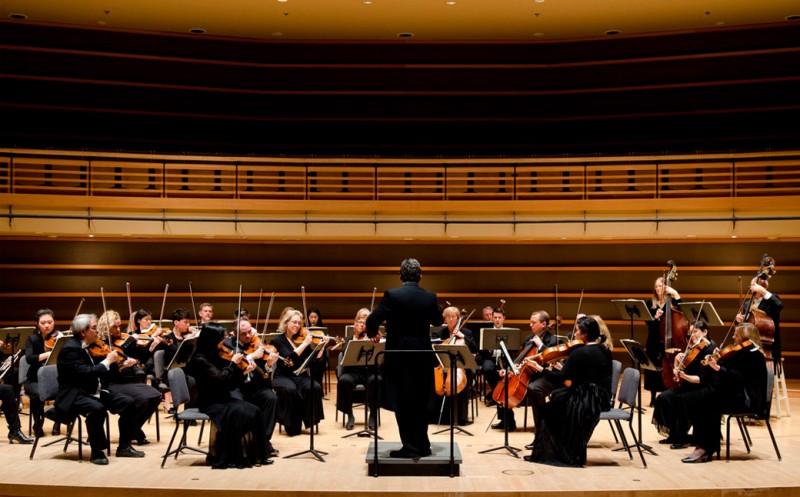One of the reasons I enjoy teaching cognitive neuroscience is that research in this field, including my own, directly speaks to the students’ most immediate concern: how to learn what they need to learn. So, every year, I begin by sharing a list of cognitive neuroscience findings that could help them improve their performance in my class. Students take some of these strategies seriously and ignore others, but I find that sharing this list helps them see the relevance of what they are learning and how to learn those things more effectively. Hopefully, it also helps them succeed in other classes as well, and helps them appreciate how the science of learning is relevant to everyone.
Julie McGurk, an associate director for the Center for Teaching and Learning, and I worked together to summarize the research I share with my students below:
1. Get enough exercise. Exercise is associated with positive changes in the hippocampus, a brain structure that is critical for learning and memory. In animals, exercise is associated with the birth of more new neurons in the hippocampus (Lazarov, Mattson, Peterson, Pimplikar, & van Praag, 2010). Similarly, in humans, exercise leads to growth of the hippocampus, and to improved memory (Erickson et al., 2011).
2. Get enough sleep. The hippocampus primarily listens to the rest of the brain during the day, but at night, the roles reverse, and the hippocampus tells the rest of the brain what to remember and what to forget (Mitra et al., 2016). In humans, sleep improves learning and memory (Maquet, 2001; Walker & Stickgold, 2004). Sleep is especially important for understanding the gist of new knowledge and for discovering important patterns and rules (Stickgold & Walker, 2013).
3. Manage your stress. Stress changes the structure and function of the frontal lobes of the brain, leading to impairments in attention and cognition (McEwen & Sapolsky, 1995). Exercise and sleep help keep stress in check, but you might want to consider other ways of managing stress. Mindfulness meditation has been associated with reduced stress and improved brain structure and function (Tang & Leve, 2016).
4. Find your motivation. In animals, motivation, and the release of the neurotransmitter dopamine, are associated with bigger brain changes and better learning (Bao, Chan, & Merzenich, 2001; Bergan, Ro, Ro, & Knudsen, 2005). In humans, intrinsic motivation, based on personal interest or values, has been shown to influence behavior more than extrinsic motivation, based on rewards or external pressures (Ryan and Deci, 2000). Reflecting on how the course material you are learning relates to your interests and values can help with your persistence with the material as well as your ability to learn it (Harackiewicz et al., 2014).
5. Believe your brain can change. Brain networks that support knowledge and abilities change with practice. The network that supports intelligence is especially plastic, even in adulthood (Mackey, Miller Singley, & Bunge, 2013; Mackey, Whitaker, & Bunge, 2012). Understanding brain plasticity has important implications for learning: if you know that you can get smarter and learn more, you’re more likely to try harder even when material is frustrating or difficult (D. S. Yeager & Dweck, 2012). A large random assignment study showed that freshmen who learned about brain plasticity were less likely to drop out of college and had higher GPAs than the control group (David S. Yeager et al., 2016).
6. Understand that it takes time to adjust. Trying a new subject? Feeling like you have less background knowledge than other students? Learning that it is common to not feel like you fit in right away, but that this will change with time, helps students do better in school (D. S. Yeager & Walton, 2011). Students who were randomly assigned to read an essay written by a peer who struggled in a college class (got a bad grade, or got critical feedback from a professor), and had to write a similar essay for another student, got better grades and were less likely to drop out than students in a control group (David S. Yeager et al., 2016).
7. Take notes by hand. Memory for facts does not differ by note-taking strategy, but performance on “conceptual-application” questions is worse for laptop note takers. Laptop users tend to transcribe verbatim and don’t do the important synthesis step needed to decide which information is worth writing down (Mueller & Oppenheimer, 2014).
8. Practice retrieving knowledge. Testing your knowledge of material at regular intervals produces better learning than simply studying the material. Feedback on that retrieval (figuring out where you were right and wrong), enhances learning further (Roediger and Butler, 2011).
9. Explain ideas and concepts to others. There is evidence that generating explanations, even if they are incorrect, can lead to better learning, as compared with re-reading texts. Explanations lead people to form simpler and broader knowledge, which is more “expert”-like (Lombrozo, 2016).
10. Think about your thinking. Metacognition, the ability to think about your thinking, improves class performance. Metacognition involves: 1) thinking about your strengths and weaknesses, 2) knowing a range of strategies for approaching learning, 3) matching an appropriate strategy with the learning task, 4) planning and enacting that strategy, and 5) actively monitoring the chosen strategy by frequently reflecting on whether it is working (Schraw and Dennison, 1994).
References
Bao, S., Chan, V. T., & Merzenich, M. M. (2001). Cortical remodelling induced by activity of ventral tegmental dopamine neurons. Nature, 412(6842), 79–83.
Bergan, J. F., Ro, P., Ro, D., & Knudsen, E. I. (2005). Hunting increases adaptive auditory map plasticity in adult barn owls. The Journal of Neuroscience: The Official Journal of the Society for Neuroscience, 25(42), 9816–9820.
Erickson, K. I., Voss, M. W., Prakash, R. S., Basak, C., Szabo, A., Chaddock, L., … Kramer, A. F. (2011). Exercise training increases size of hippocampus and improves memory. Proceedings of the National Academy of Sciences of the United States of America, 108, 3017–3022.
Harackiewicz, J.M., Tibbetts, Y., Canning, E., & Hyde, J.S. (2014). Harnessing Values to Promote Motivation in Education. Advances in Motivation and Achievement, 18, 71-105.
Lazarov, O., Mattson, M. P., Peterson, D. A., Pimplikar, S. W., & van Praag, H. (2010). When neurogenesis encounters aging and disease. Trends in Neurosciences, 33(12), 569–579.
Lombrozo, T. (2016). Explanatory Preferences Shape Learning and Inference. Trends in Cognitive Sciences, 20(10), 748-759.
Mackey, A. P., Miller Singley, A. T., & Bunge, S. a. (2013). Intensive reasoning training alters patterns of brain connectivity at rest. The Journal of Neuroscience: The Official Journal of the Society for Neuroscience, 33(11), 4796–4803.
Mackey, A. P., Whitaker, K. J., & Bunge, S. A. (2012). Experience-dependent plasticity in white matter microstructure: reasoning training alters structural connectivity. Frontiers in Neuroanatomy. https://doi.org/10.3389/fnana.2012.00032
Maquet, P. (2001). The role of sleep in learning and memory. Science, 294(5544), 1048–1052.
McEwen, B. S., & Sapolsky, R. M. (1995). Stress and cognitive function. Current Opinion in Neurobiology, 5(2), 205–216.
Mitra, A., Snyder, A. Z., Hacker, C. D., Pahwa, M., Tagliazucchi, E., Laufs, H., … Raichle, M. E. (2016). Human cortical–hippocampal dialogue in wake and slow-wave sleep. Proceedings of the National Academy of Sciences, 113(44), E6868–E6876.
Mueller, P. A., & Oppenheimer, D. M. (2014). The Pen Is Mightier Than the Keyboard. Psychological Science, 25(6), 1159–1168.
Roediger, H. L., & Butler, A. C. (2011) The Critical Role of Retrieval Practice in Long-Term Retention. Trends in Cognitive Sciences, 15(1), 20-27.
Ryan, R. & Deci, E. (2000). Intrinsic and Extrinsic Motivations: Classic Definitions and New Directions. Contemporary Educational Psychology, 25(1), 54-67.
Schraw, G., & Dennison, R. S. (1994). Assessing Metacognitive Awareness. Contemporary Educational Psychology, 19(4), 460-475.
Stickgold, R., & Walker, M. P. (2013). Sleep-dependent memory triage: evolving generalization through selective processing. Nature Neuroscience, 16(2), 139–145.
Tang, Y.-Y., & Leve, L. D. (2016). A translational neuroscience perspective on mindfulness meditation as a prevention strategy. Translational Behavioral Medicine, 6(1), 63–72.
Walker, M. P., & Stickgold, R. (2004). Sleep-dependent learning and memory consolidation. Neuron, 44(1), 121–133.
Yeager, D. S., & Dweck, C. S. (2012). Mindsets that promote resilience: When students believe that personal characteristics can be developed. Educational Psychologist. Retrieved from http://www.tandfonline.com/doi/abs/10.1080/00461520.2012.722805
Yeager, D. S., & Walton, G. M. (2011). Social-Psychological Interventions in Education: They’re Not Magic. Review of Educational Research, 81(2), 267–301.
Yeager, D. S., Walton, G. M., Brady, S. T., Akcinar, E. N., Paunesku, D., Keane, L., … Dweck, C. S. (2016). Teaching a lay theory before college narrows achievement gaps at scale. Proceedings of the National Academy of Sciences of the United States of America, 113(24), E3341–8.
Allyson Mackey is an assistant professor in the department of psychology in SAS.
This essay continues the series that began in the fall of 1994 as the joint creation of the College of Arts and Sciences, the Center for Teaching and Learning and the Lindback Society for Distinguished Teaching. See https://almanac.upenn.edu/talk-about-teaching-and-learning-archive for previous essays.



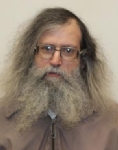 Arthur Levy, a dedicated proctor and office assistant for Student Disabilities Services (SDS), died on September 27. He was 54.
Arthur Levy, a dedicated proctor and office assistant for Student Disabilities Services (SDS), died on September 27. He was 54.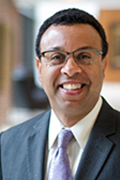 Penn Professional Staff Assembly (PPSA) is sponsoring A Conversation with Provost Pritchett. Provost Wendell Pritchett is the Presidential Professor of Law and Education at Penn Law. He will talk with Penn staff in the Terrace Room in Claudia Cohen Hall on Tuesday, January 30, from noon-1 p.m. Lunch will be provided. Registration is required and seats are limited. Register at
Penn Professional Staff Assembly (PPSA) is sponsoring A Conversation with Provost Pritchett. Provost Wendell Pritchett is the Presidential Professor of Law and Education at Penn Law. He will talk with Penn staff in the Terrace Room in Claudia Cohen Hall on Tuesday, January 30, from noon-1 p.m. Lunch will be provided. Registration is required and seats are limited. Register at 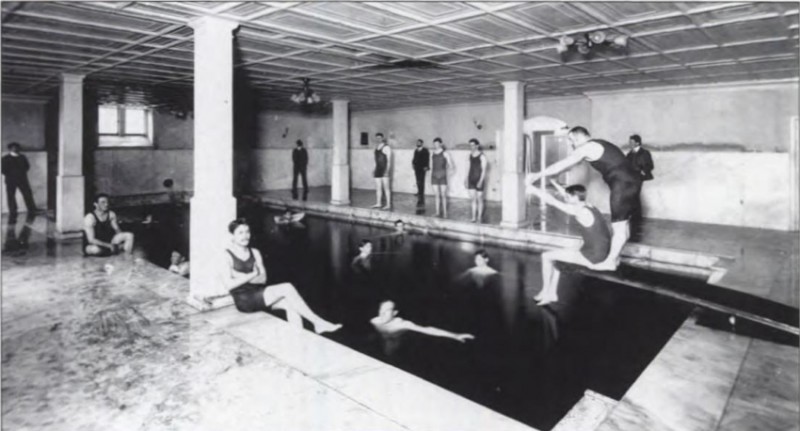
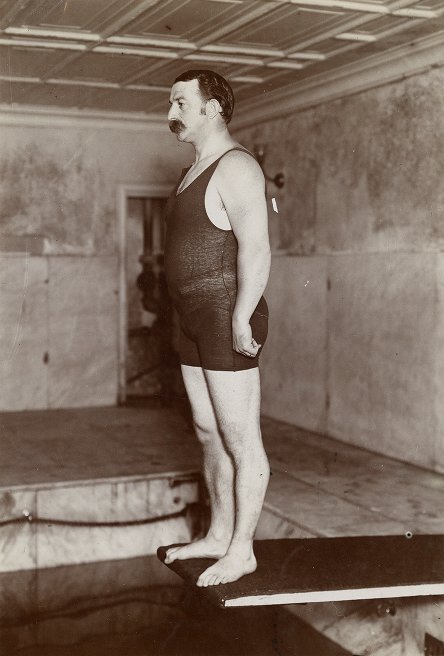
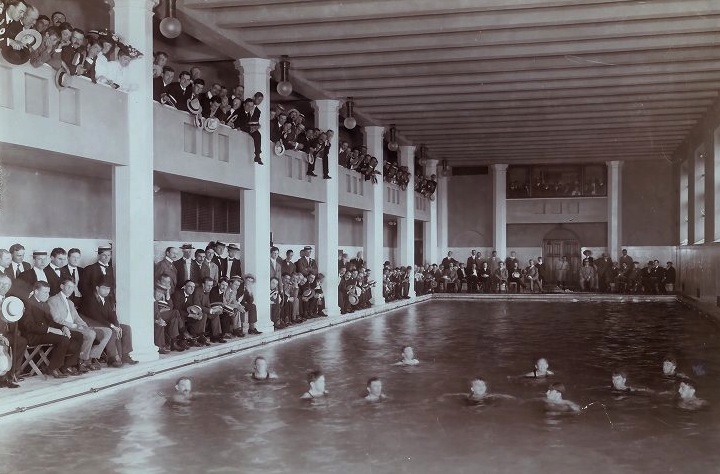
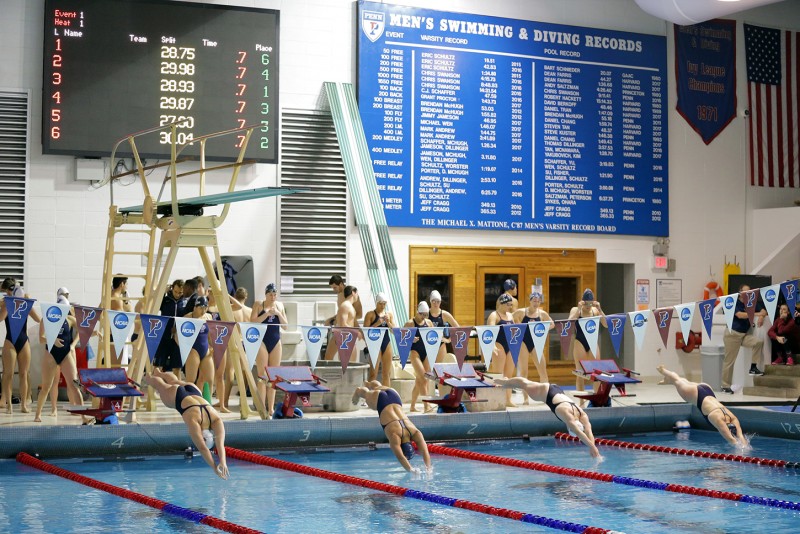
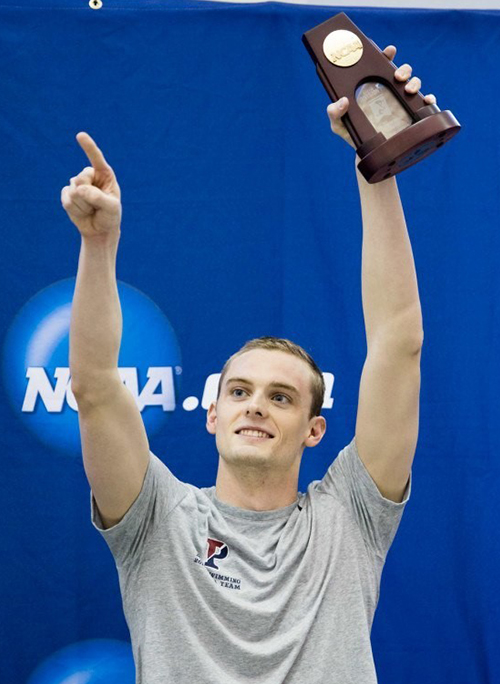
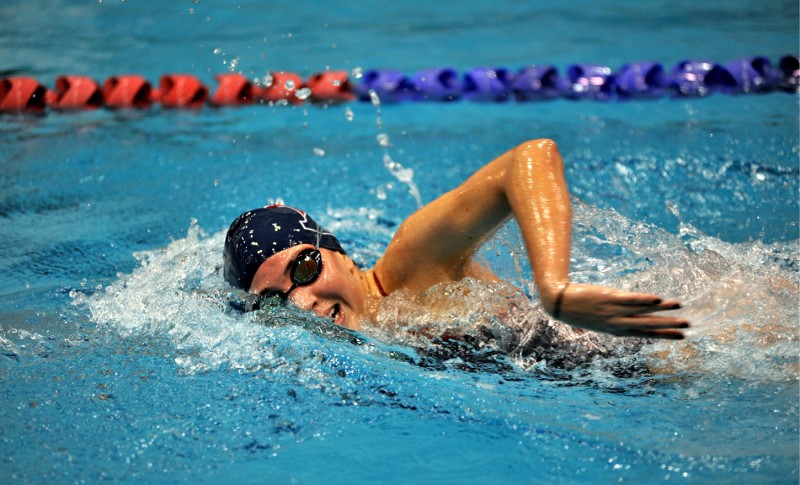
 Get ready to call in the Year of the Dog at the Penn Museum’s 37th Annual Chinese New Year Celebration on Saturday, January 27, 2018, from 11 a.m. to 4 p.m. The family-friendly day features traditional Chinese music and dance, contemporary Asian film, tangram workshops, tai chi and kung fu martial arts demonstrations, storytelling, calligraphy, family crafts, a Year of the Dog Photo Contest and much more—closing with the grand finale drums and the roar of the lion dance and parade. Activities are held in the Museum’s Rotunda, which houses one of the finest collections of monumental Chinese art in the country, and throughout the international galleries of the Museum.
Get ready to call in the Year of the Dog at the Penn Museum’s 37th Annual Chinese New Year Celebration on Saturday, January 27, 2018, from 11 a.m. to 4 p.m. The family-friendly day features traditional Chinese music and dance, contemporary Asian film, tangram workshops, tai chi and kung fu martial arts demonstrations, storytelling, calligraphy, family crafts, a Year of the Dog Photo Contest and much more—closing with the grand finale drums and the roar of the lion dance and parade. Activities are held in the Museum’s Rotunda, which houses one of the finest collections of monumental Chinese art in the country, and throughout the international galleries of the Museum.